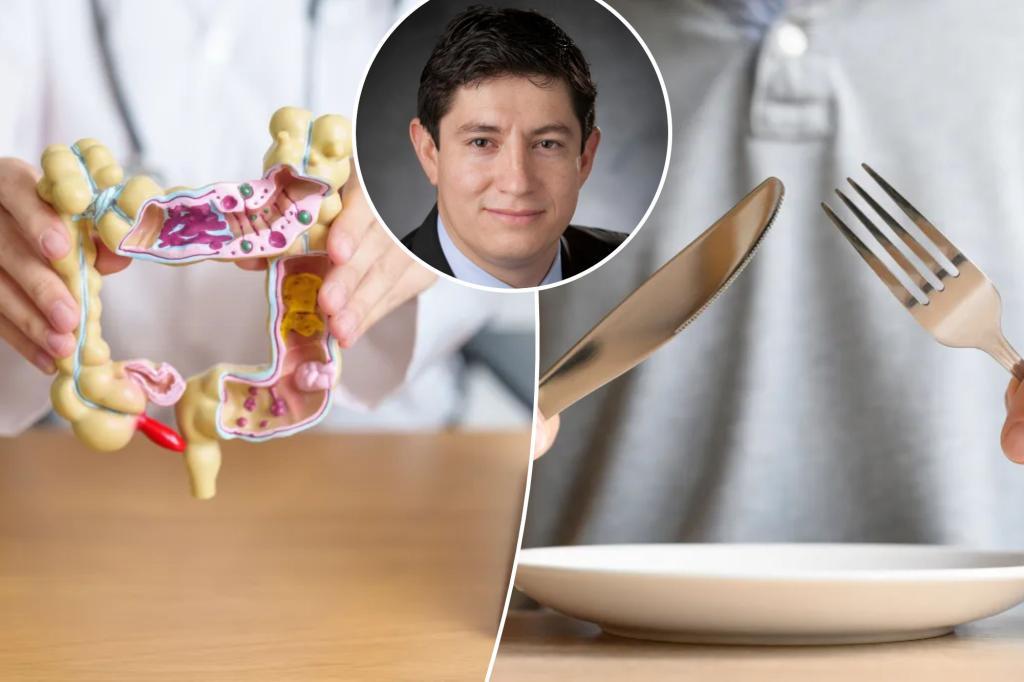Talk about a “gut feeling.”
New research from Duke University highlights the role of neuropods, specialized sensory cells in the colon that act like taste buds for the gut.
Neuropods “sample” nutrients like sugars and bacterial byproducts and quickly send signals to the brain, guiding food choices and even influencing when it’s time to stop eating.
Researchers call the phenomenon “neurobiotic sense” — a “hidden sixth sense.” They hope it paves the way for new obesity treatments and provides insight into mental health disorders affected by diet.
“It’s similar to how we use our other senses — sight, sound, smell, taste and touch — to interpret our world,” the study authors said. “But this one operates from an unexpected place: The gut.”
Scientists have long known about the gut-brain connection, the major communication highway that affects digestion, mood and overall well-being.
For their part, the colon’s neuropod cells can warn the brain of bacterial intruders.
The new Duke study — published Wednesday in the journal Nature — focuses on flagellin, a key structural protein that enables bacteria to move.
Some of our gut bacteria release flagellin when we eat.
Neuropod cells use a special receptor called TLR5 to recognize flagellin and relay the information through the vagus nerve — the main link between the gut and the brain.
The researchers examined how this works in mice.
They had one set of mice fast overnight before giving them a small dose of flagellin from Salmonella Typhimurium, a well-studied type of bacteria that causes infections. The mice ate less.
They repeated these steps with mice that had their TLR5 receptor “knocked out.” These mice continued to eat and ended up gaining weight because the brain couldn’t pick up on the flagellin signal.
No other changes to the mice’s behavior were detected.
The results suggest that TLR5 helps tell the brain that it’s time to put down the fork. The brain doesn’t get the memo without the receptor.
“If we disrupt this pathway, then the animals end up eating a little bit more for a little bit longer,” Duke School of Medicine neuroscientist Diego Bohórquez told The Post.
Bohórquez previously demonstrated that neuropod cells in the gut can distinguish between real sugar and artificial sweeteners.
The cells communicate this information to the brain, driving the preference for sugar.
“Looking ahead, I think this work will be especially helpful for the broader scientific community to explain how our behavior is influenced by microbes,” said Bohórquez, a professor of medicine and neurobiology and senior study author.
“One clear next step is to investigate how specific diets change the microbial landscape in the gut,” he added. “That could be a key piece of the puzzle in conditions like obesity or psychiatric disorders.”
Bohórquez said that future research should also address the effect of bacterial strains beyond Salmonella Typhimurium and explore whether antibiotics or probiotics can influence this neurobiotic sense.
Read the full article here







